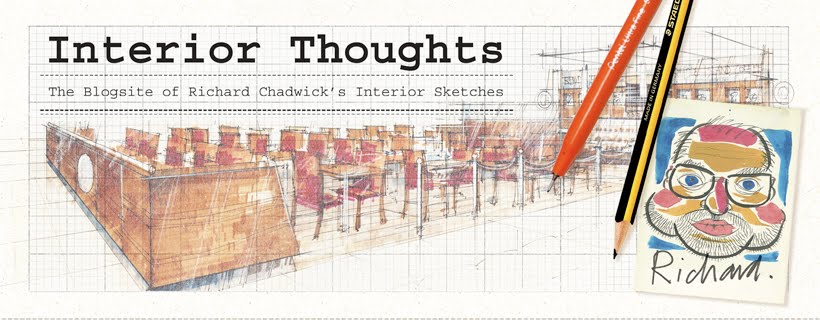I commented a few weeks ago on the status of Francis Bacon's studio and was it still his 'real' studio now that it had been re-located in its' entirety from Kensington to Dublin? All the contents, the artifacts and debris are undoubtedly original, so I suppose it's the re-location that calls the uniqueness into question. On a somewhat larger scale, are the Temples at Abu Simbel still 'real', having being re-located and re-constructed some 500ft higher up above their original location on an artificial hill in the late 1980's, to avoid being flooded by the construction of a dam and the creation of Lake Nasser ?
This question came to mind when we visited the Tutankhamun exhibition last week, currently located at the Trafford Centre, Manchester until the end of February next. 'Tutankhamun - his Tomb and His Treasures' is , I have to say at the outset, an outstanding exhibition. Taking you briefly, via specially shot film clips, through a brief history of his life together with the story of the discovery of the tomb in the 1920's, the exhibition opens up into a full size replica of the anti-chamber, the tomb chamber and the treasury. The exhibition then goes on to show full-size replicas of all the shrine-rooms, the sarcophagus, the mummy cases, the headpiece, and a full exposition of the entire tomb contents. Amazing.
I suppose however, the key word here is 'replica'. There is nothing 'original' here, nothing 'real'; all the artifacts and exhibits on show being beautifully crafted replicas, the entire exhibition is founded on the complete reproduction of the tomb and its contents. Given the fact that it is most unlikely that the original pieces will ever tour again and the only way to see the authentic, unique items would be to go to Cairo and join the scrum in Cairo museum, I personally don't have a problem with this; I have visited both Cairo and the Valley of The Kings and from a visual / educational / accessibility point of view, this exhibition in Manchester is still outstanding. It allows for a full viewing experience and a closeness to appreciate the amazing detail that is just not available elsewhere other than through photographs, all supported by informed background information. Up to date display techniques enhance settings, resulting in a very hands-on experience... the full-size reproduction of the three Tomb rooms together with all the contents in-situ I found particularly interesting and again this part of the exhibition cannot be found anywhere else.
Given the vast explosion in cheap flights and tourist traffic over the past thirty years or so, this question of accessibility to unique historical installations and artifacts resulting in increasing deterioration and damage has become an major curatorial concern; high quality replicas are now seen as a way to resolve this access problem. Michelangelo's statue of David has long been removed from its original location out in the open air and been replaced with a replica; I would never have been able to see the outstanding cave paintings at Lascaux if the authorities had not committed to constructing a perfect underground replica adjacent to the original caves - likewise the cave paintings at Altamira. 'Replicas' should not however be confused with 'Reproductions'; the essence of an artifact lies in its singularity, its uniqueness, and whilst this is compromised by the production of a replica, the replica itself - in the context of this discussion - is still unique, produced to the most exacting standards both materially and artistically. The quality of the replicas at the exhibition in Manchester bear witness to this, being produced by Egyptian craftsmen using the same techniques and materials as the 'originals' to provide a stunning display. The 'uniqueness' of the item still implies a journey to view.
'Reproductions', however good they are, increasingly devalue the item to the point of visual wallpaper, stripping the unique artifact of its ritualistic, shamanistic quality and reducing it to the level of applied decoration - viz. Van Gough's Sunflowers and Raphael's Cherubs - allegedly the most reproduced works ever. The replicas currently on show in Trafford Park I felt did not compromise the viewing experience; no, they cannot replicate the experience of seeing the ( now empty ) tomb in the Valley of the Kings , but they can replicate - very closely - the experience of viewing the treasures now housed in the Cairo Museum, and
can indeed enhance the experience through state of the art display techniques. A show not to be missed.
http://www.tutenkhamunmanchester.com/




No comments:
Post a Comment